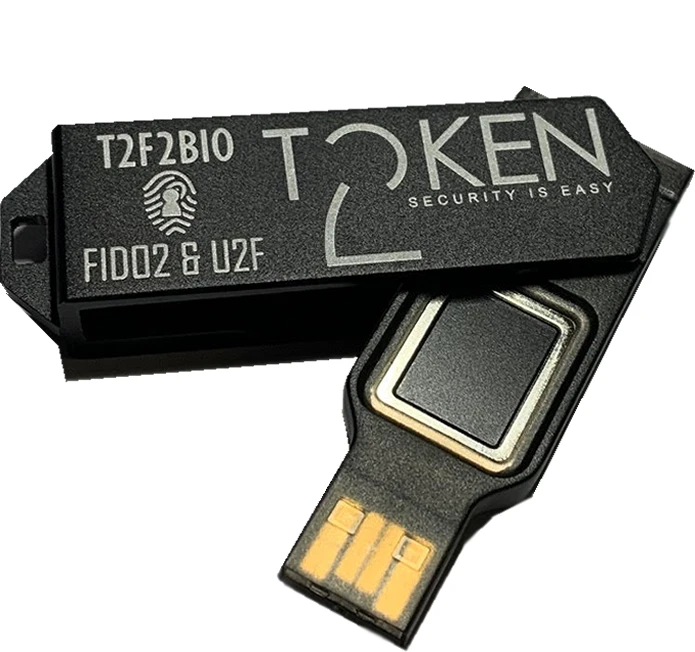The password has been a security measure for as long as we’ve had computers. But passwords are a pain; people forget them, they’re easy to guess, and they can’t be changed easily if they’re hacked. In this article, Bencoding FID02’s mobile ID platform to make it possible to replace your passwords with your fingerprint or facial recognition, find out how other companies are using new authentication methods to protect their customer data!
Authentication with FID02
Passwords are becoming less and less secure, but FIDO2 offers a good alternative for authentication. And Apple, Google, and Microsoft are interested.

Password use is slowly becoming an inconvenience for everyone: users would need a password manager or 60 to 80 passwords to remember, and on the service provider side, storage is a problem, as databases with personal data are leaked from time to time. Although experts say that passwords are obsolete, they are still the most popular form of identification and cannot be replaced overnight. The principle of how passwords work is simple. When logging in, the service provider asks for a password, and if the string of characters the user enters matches the one stored by the service provider, the user is authorized to access the site. However, the problems mentioned above are very real. Apart from the data leakage scandals, they are also due to user behavior: for example, many people use the same password for all their accounts for convenience.
The big players, namely Apple, Google, and Microsoft, have already announced that they want to do something about this situation; companies’ attention has turned to the FIDO2 platform. This standardized, online authentication platform works with a hardware key and provides enhanced security. FIDO is maintained by Alliance, but there is a problem: it is cumbersome to integrate into existing services. The reason for this can be understood immediately if you know exactly how authentication works. Take the case of logging into your Google account from a browser. After loading the webpage, instead of entering a username and password, you have to grab your phone and unlock it using fingerprint or facial recognition. FIDO2 uses asymmetric cryptography: a randomly generated key pair is generated at login. The secret (private) key is stored on the user’s device, and the public key is stored with the service provider. On login, the provider verifies the private key so that it is always available only and exclusively on the user’s device. The private key can be stored on a phone, smartwatch, or even dedicated hardware such as a USB token.
Password-safe
FID02 stores secret keys on the device, whether a phone, PC, or case. These secret keys are needed to log in to an online A service.
How to use it?
- FIDO 2 device selection: Open the settings in your Google Account and enable two-factor authentication in the Security section.
- Setting the security key: In Google’s platform, configure that you want to use F 1002 as the second access key.
- Confirm your intention to log in: Use FID02 to use the smartphone for subsequent logins, using fingerprint or facial recognition.
Conclusion
With the increasing insecurity of passwords, it’s good to know that alternative authentication methods are available. FIDO2 is one such method, and it’s gained the interest of major tech companies like Apple, Google, and Microsoft. While it’s not perfect, FIDO2 is a much more secure option than passwords alone, and we hope to see it become more widely used in the future.
